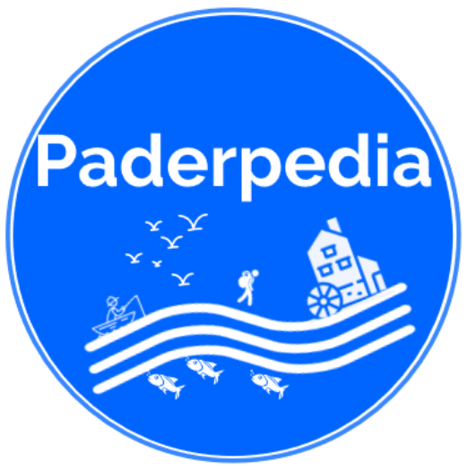Project facts
Presentation
The online enzyclopedia Paderpedia aims to bring together everything worth knowing about Germany’s shortest river. It is intended to serve as a digital starting point for a more intensive study of the cultural heritage of the Pader, whereby citizens can become active themselves. Paderpedia not only present essays by scientists, but also gives every other Pader enthusiast the opportunity to have their say. Through this citizen science approach, the history of the Pader is being researched sustainably and jointly by scientists and citizens. This makes heritage research more transparent because citizens can actively participate in the research process.
In addition, Paderpedia offers:
- Historical maps of the Pader
- Image and video collection with a wide range of historical visual material
- Source and literature database with 586 entries
- Interactive learning units for pupils and teachers
In order to make historical landscape changes on the river itself visible, a 3D reconstruction of the Pader spring area from 100 years ago has already been made.
Impacts & Results
The citizen science approach of this online encyclopaedia has made it possible to incorporate practical findings from the association's work and complement scientific research. The symbiosis of theory and practice in researching the Pader noticeably increases the public's interest in the encyclopaedia itself and indirectly contributes to the understanding of scientific knowledge processes in society.
The use of this interactive online encyclopaedia in everyday school and study life has not only increased interest in the history and ecology of the Pader, but also contributed to the positive appreciation of the local cultural heritage among younger generations. The effects of anthropological changes to the course of the river on nature become particularly visible through digital 3D reconstructions. These visualisations, which depict the historical building situation on the river, underline the benefits of today's renaturation measures to increase the water quality of the Pader and the biodiversity in and along the river.

